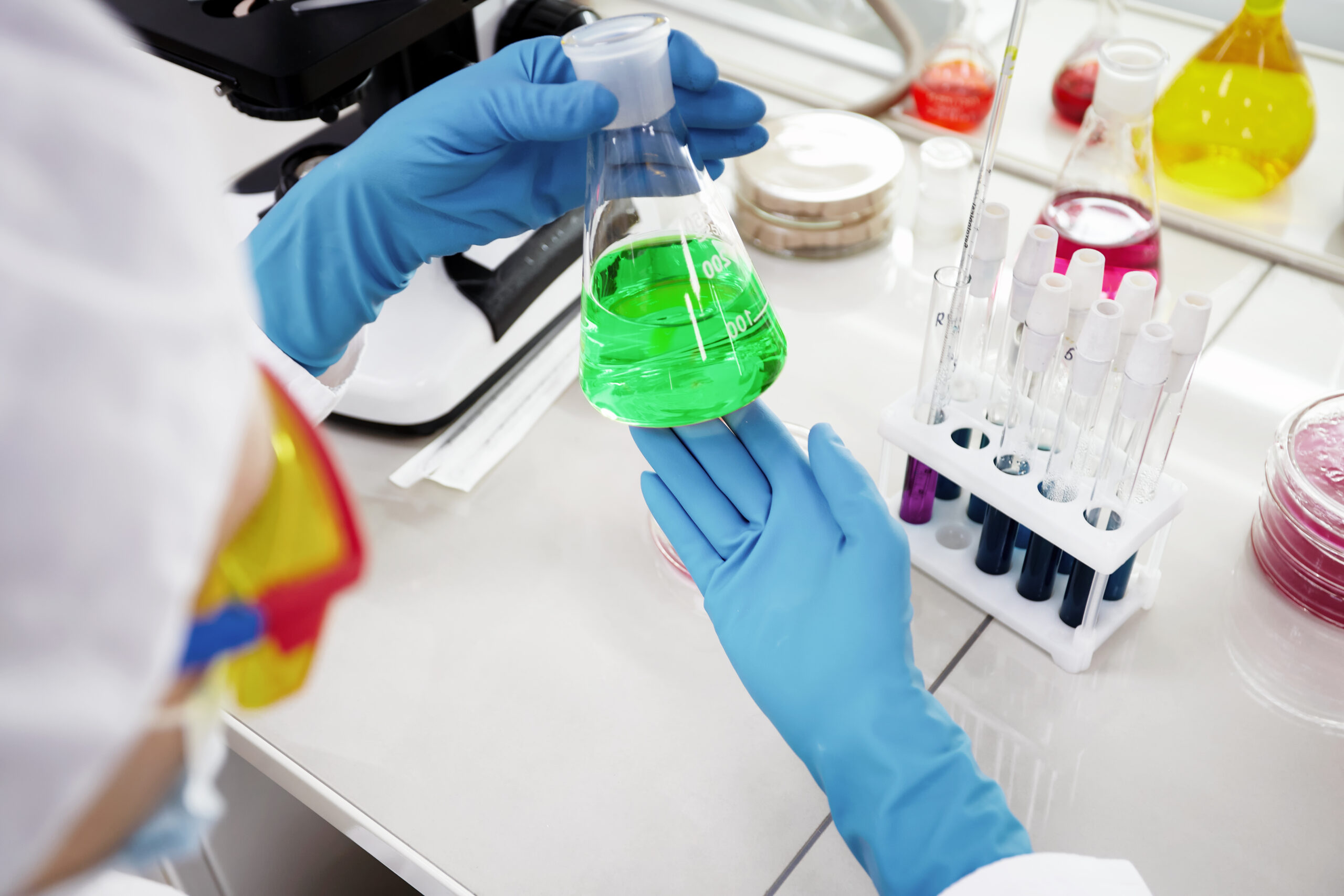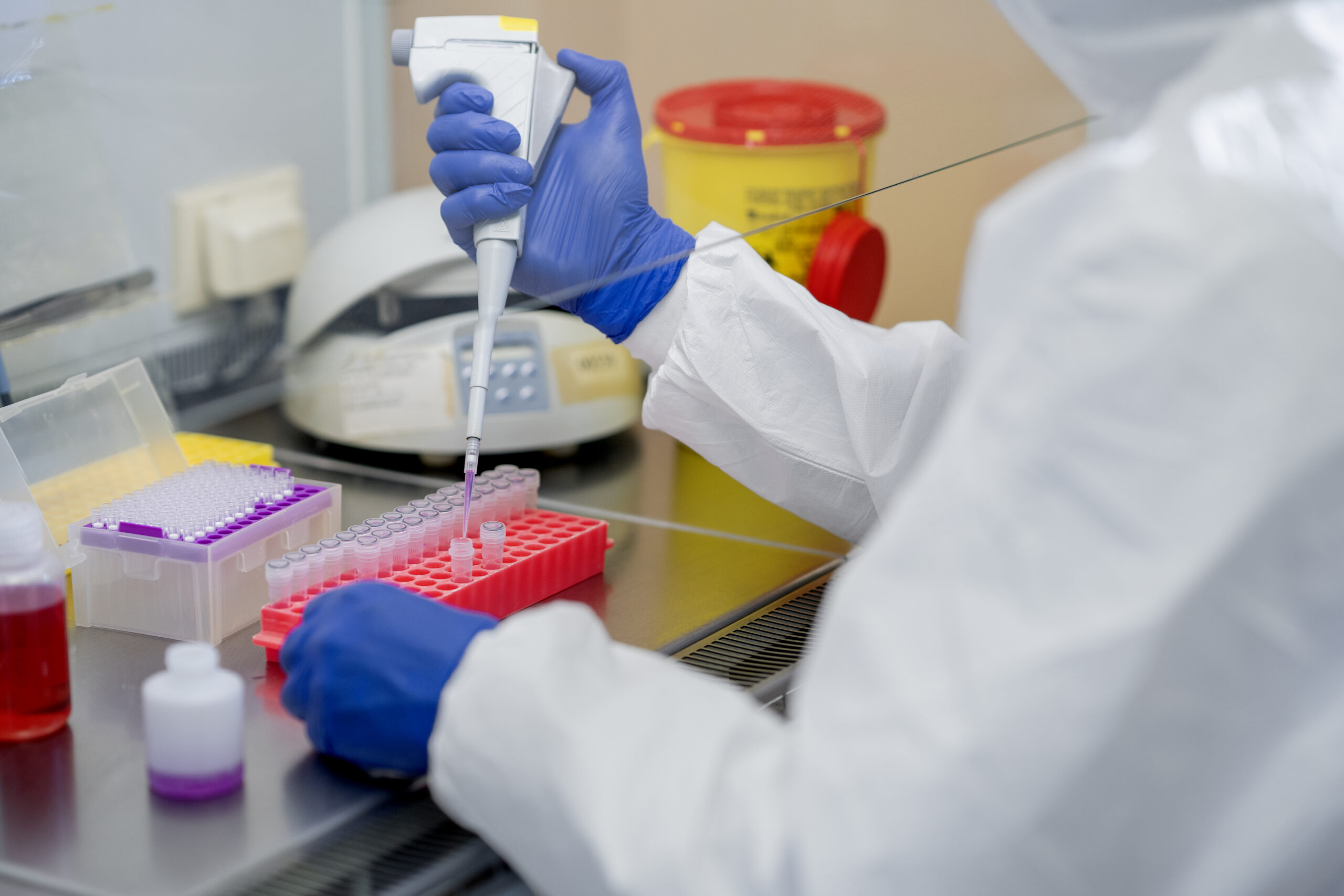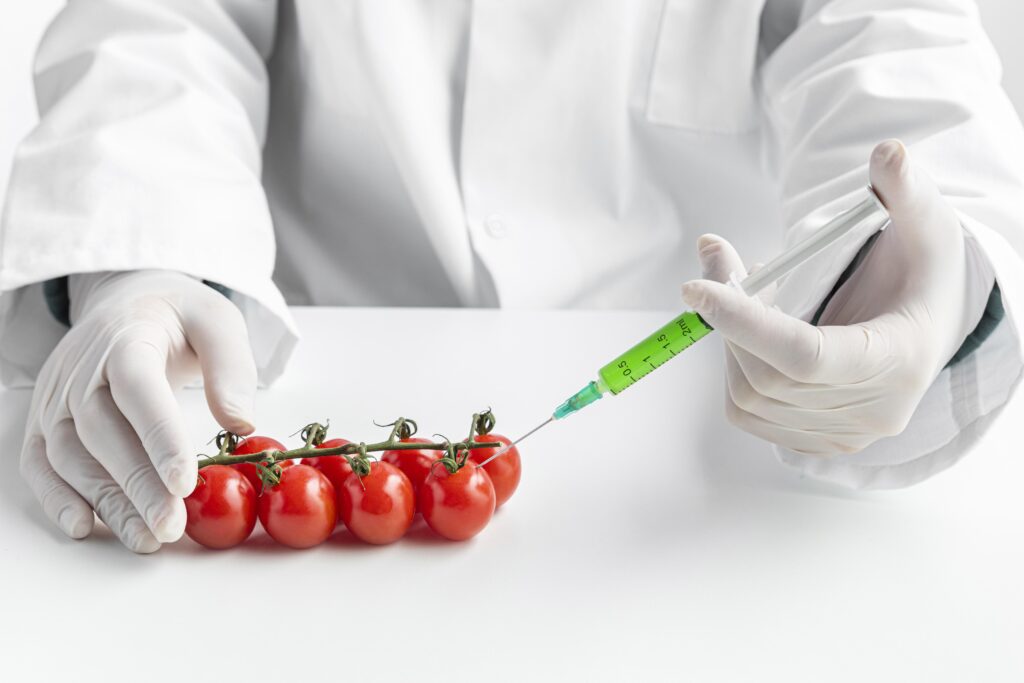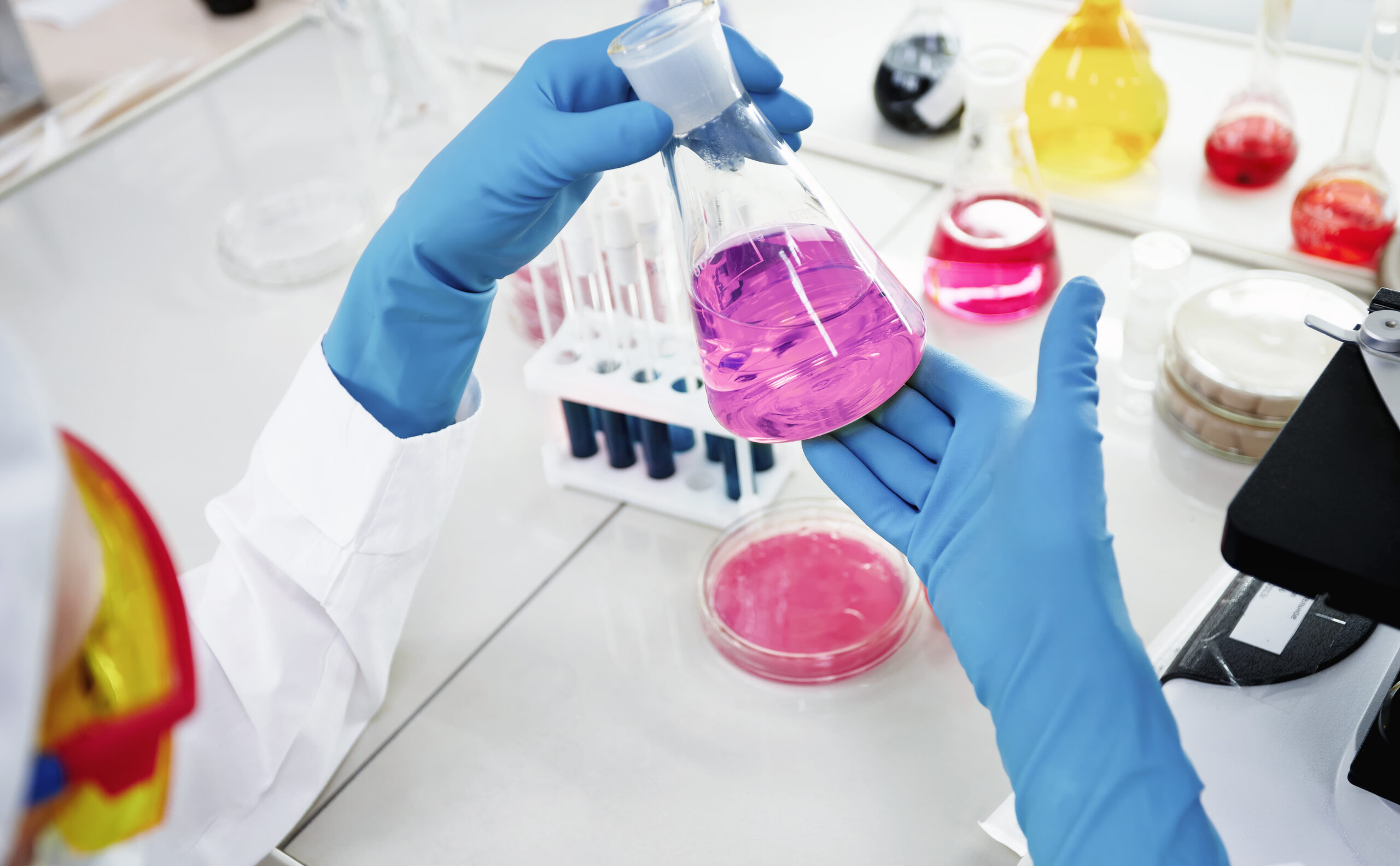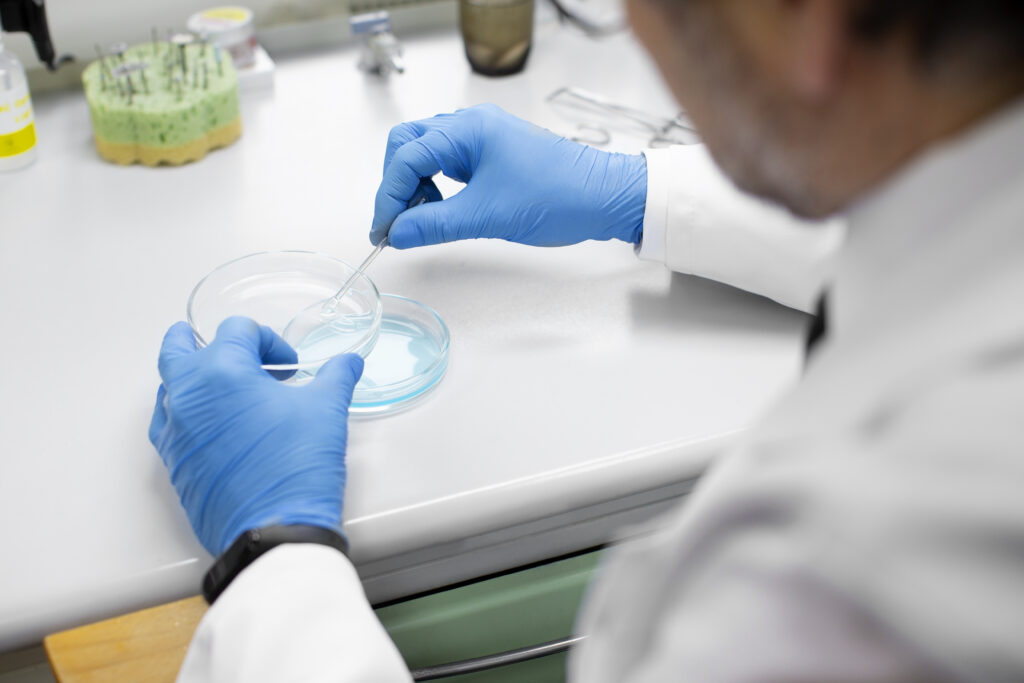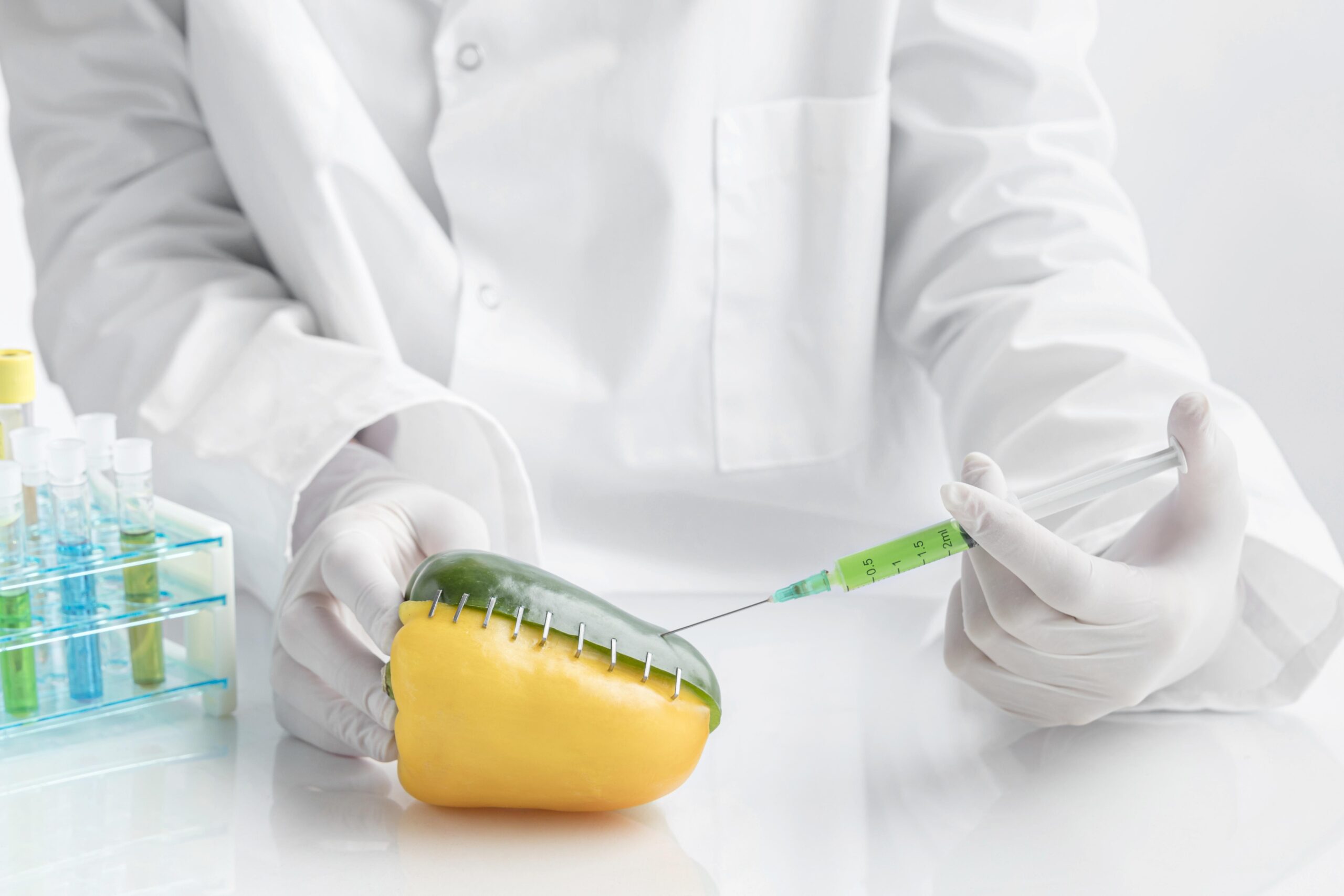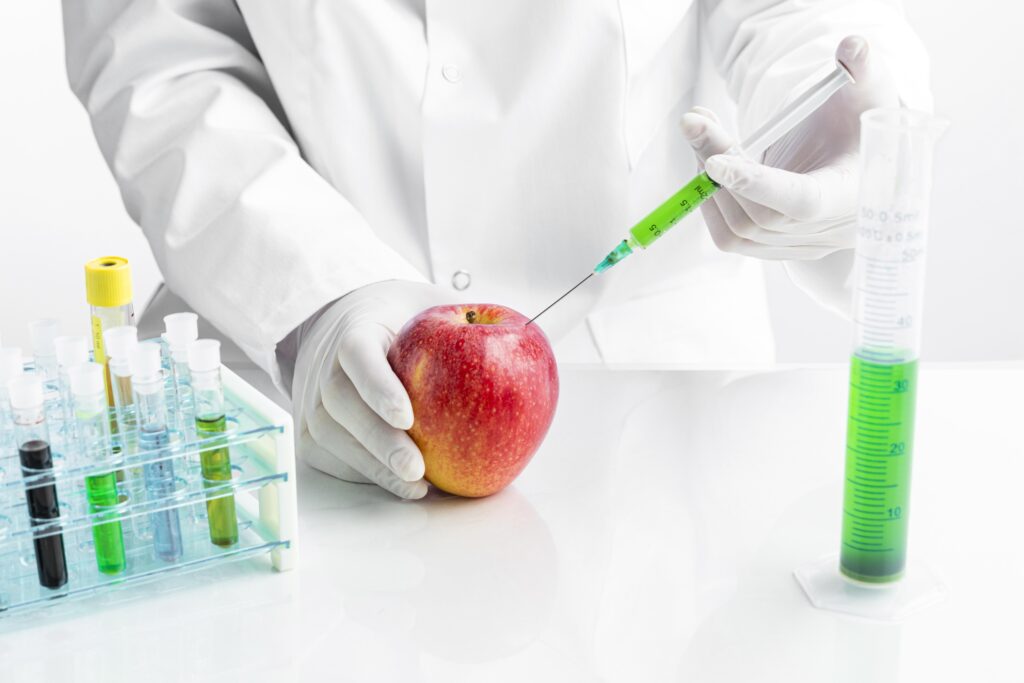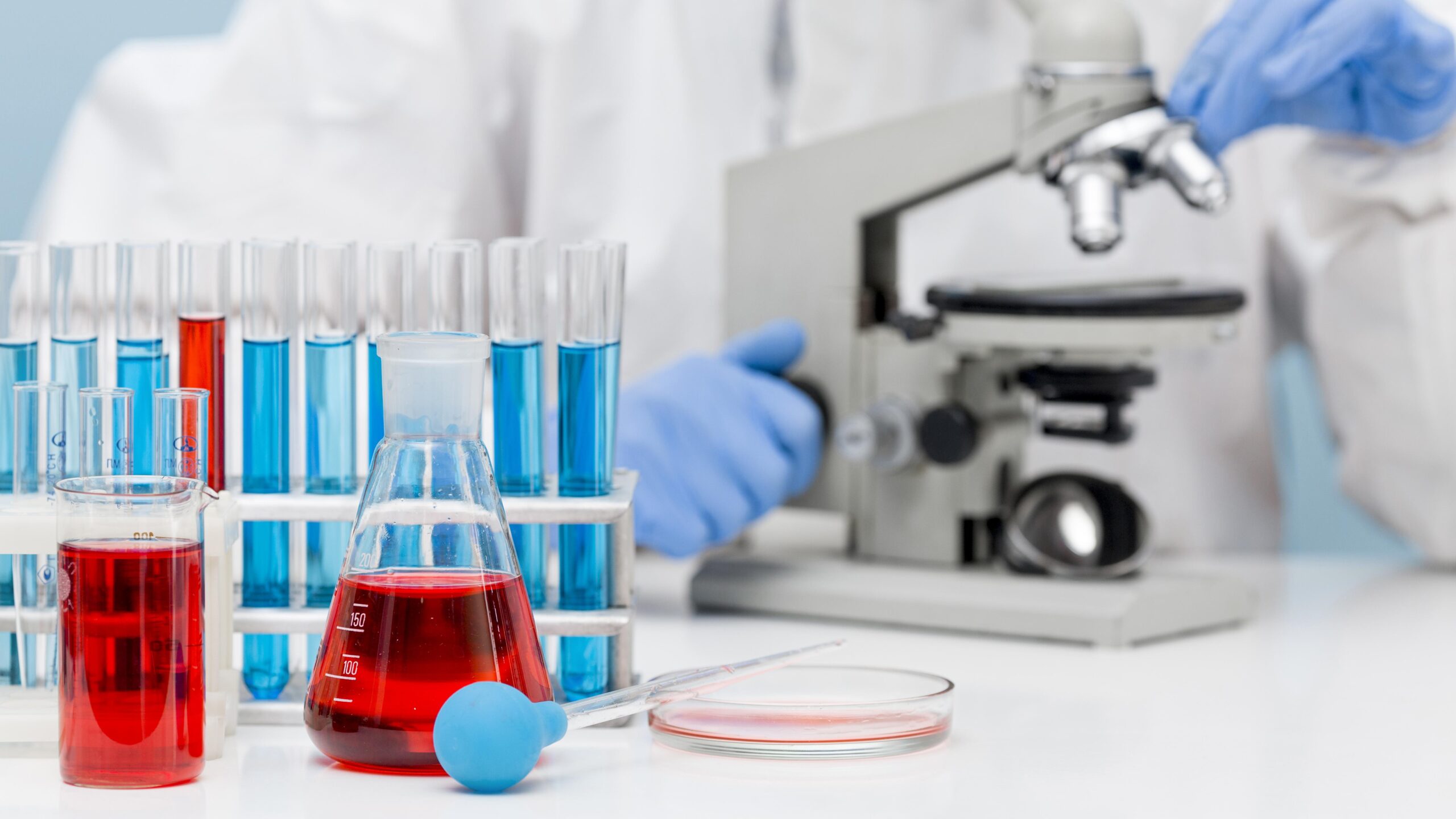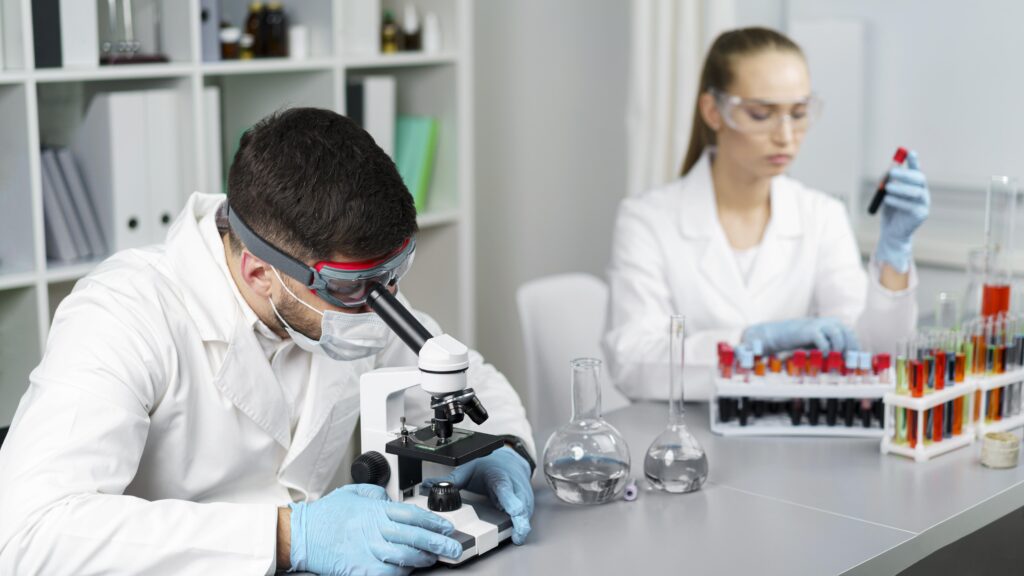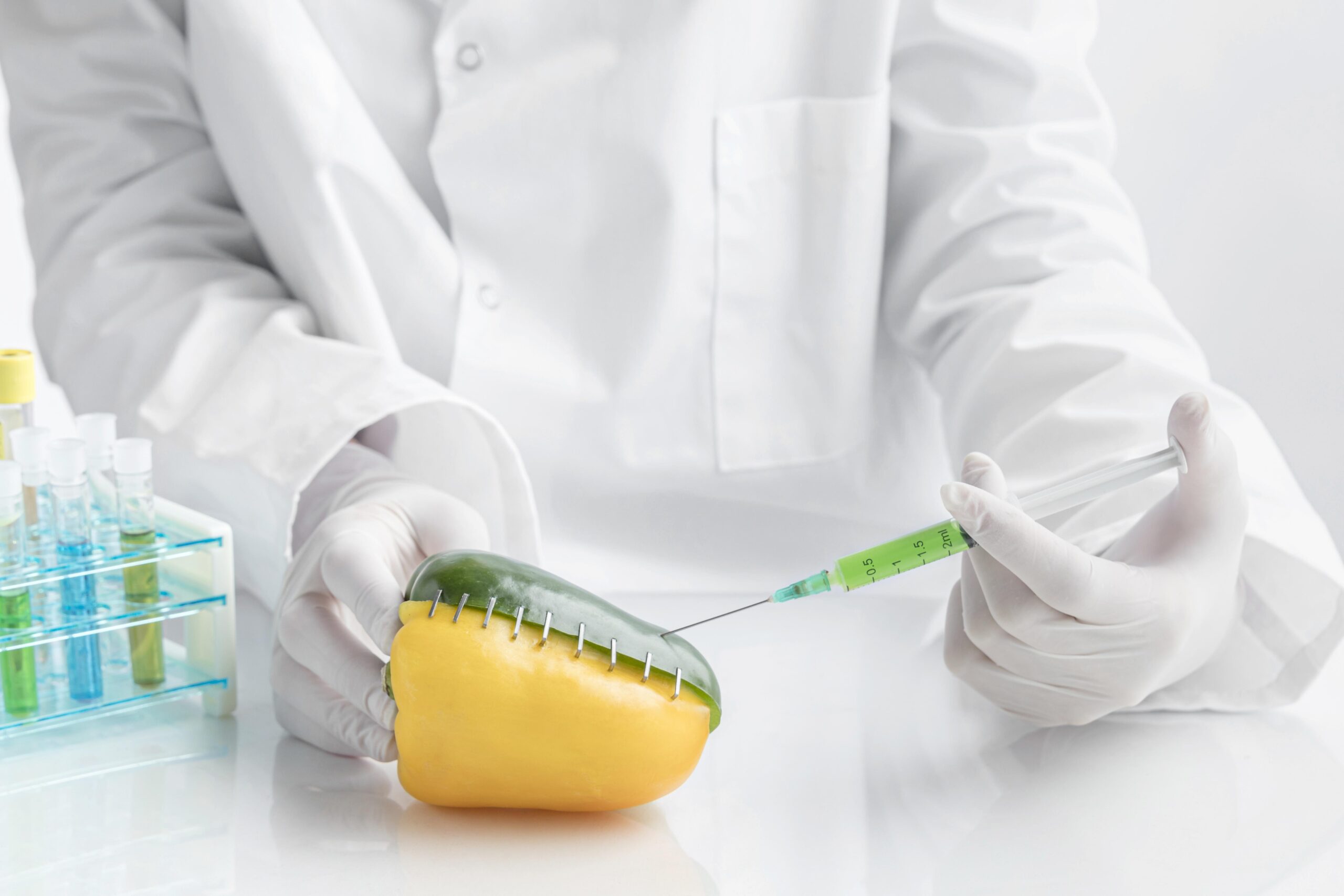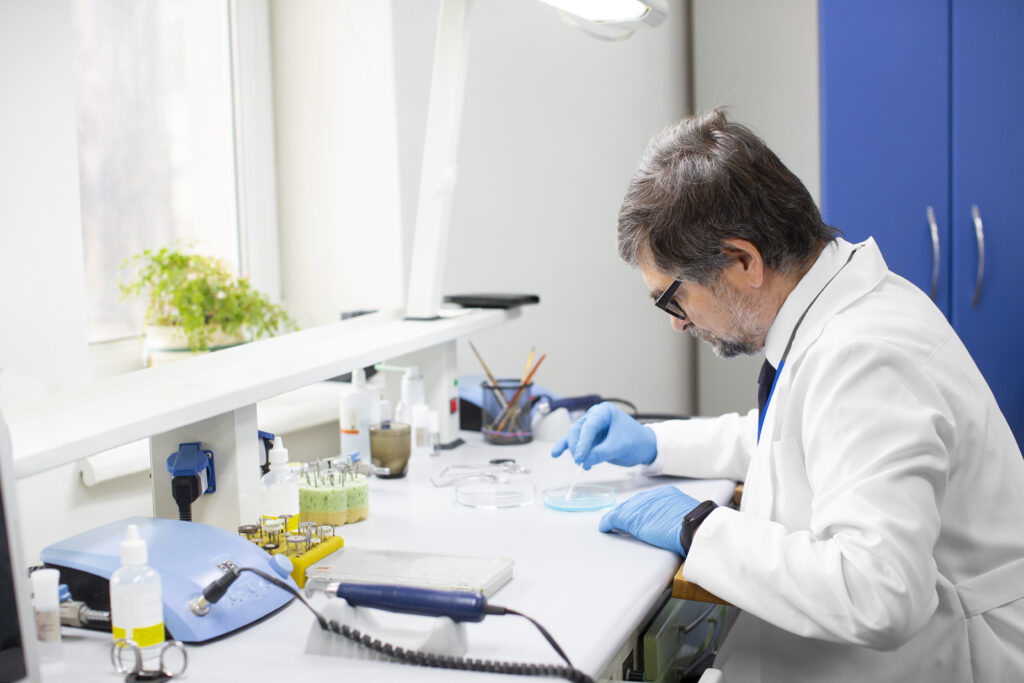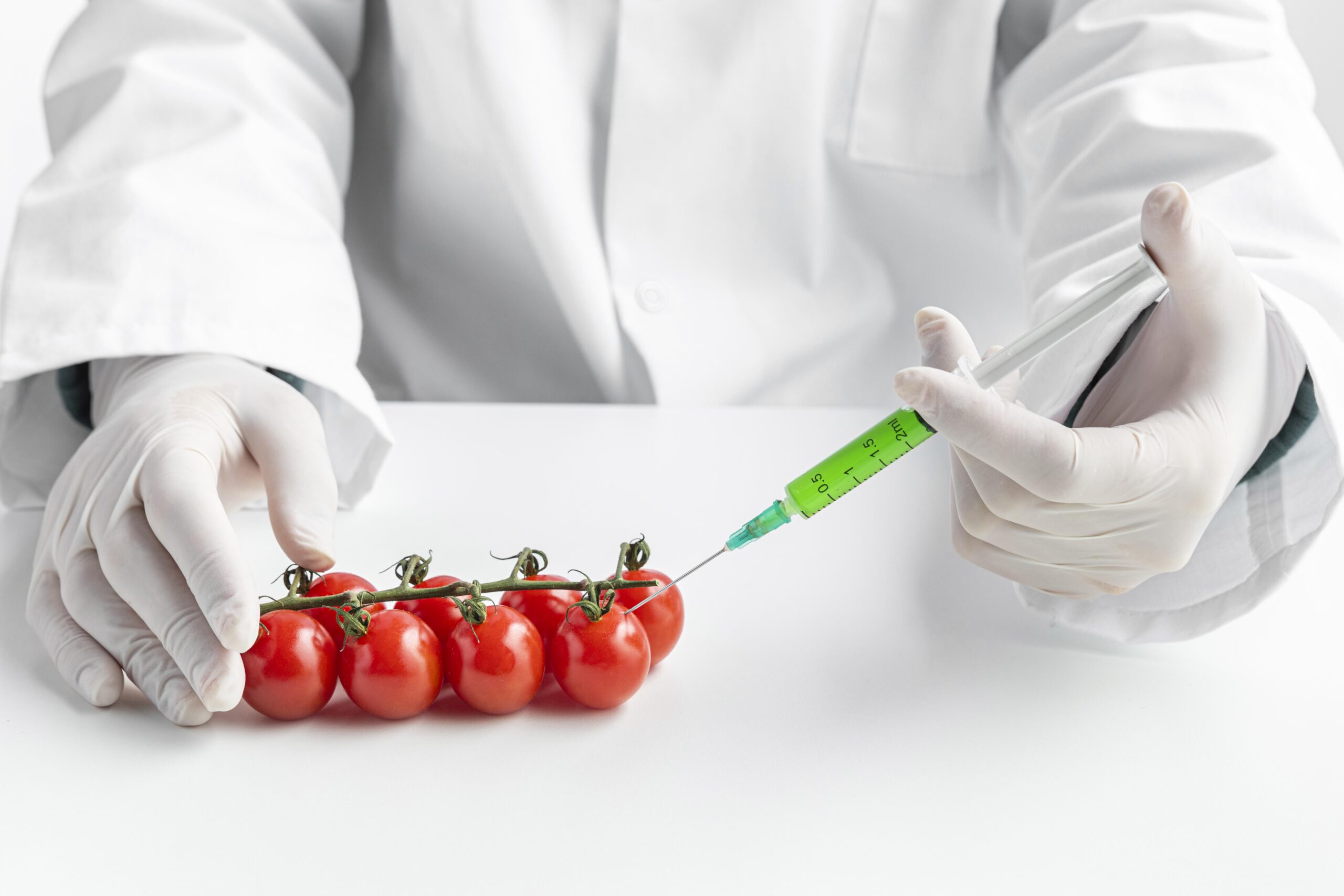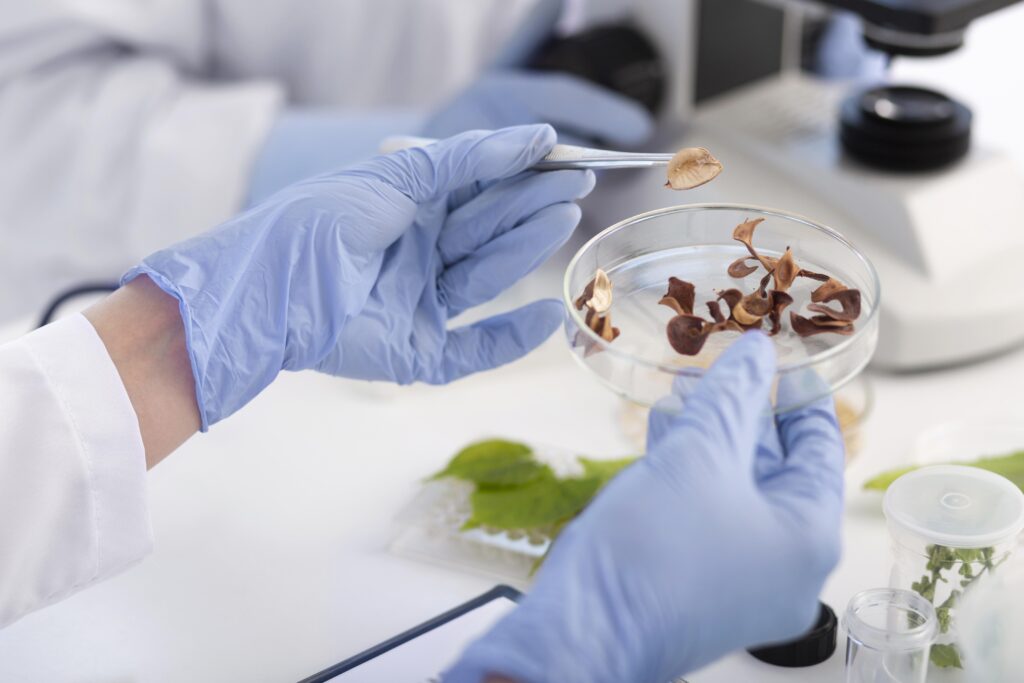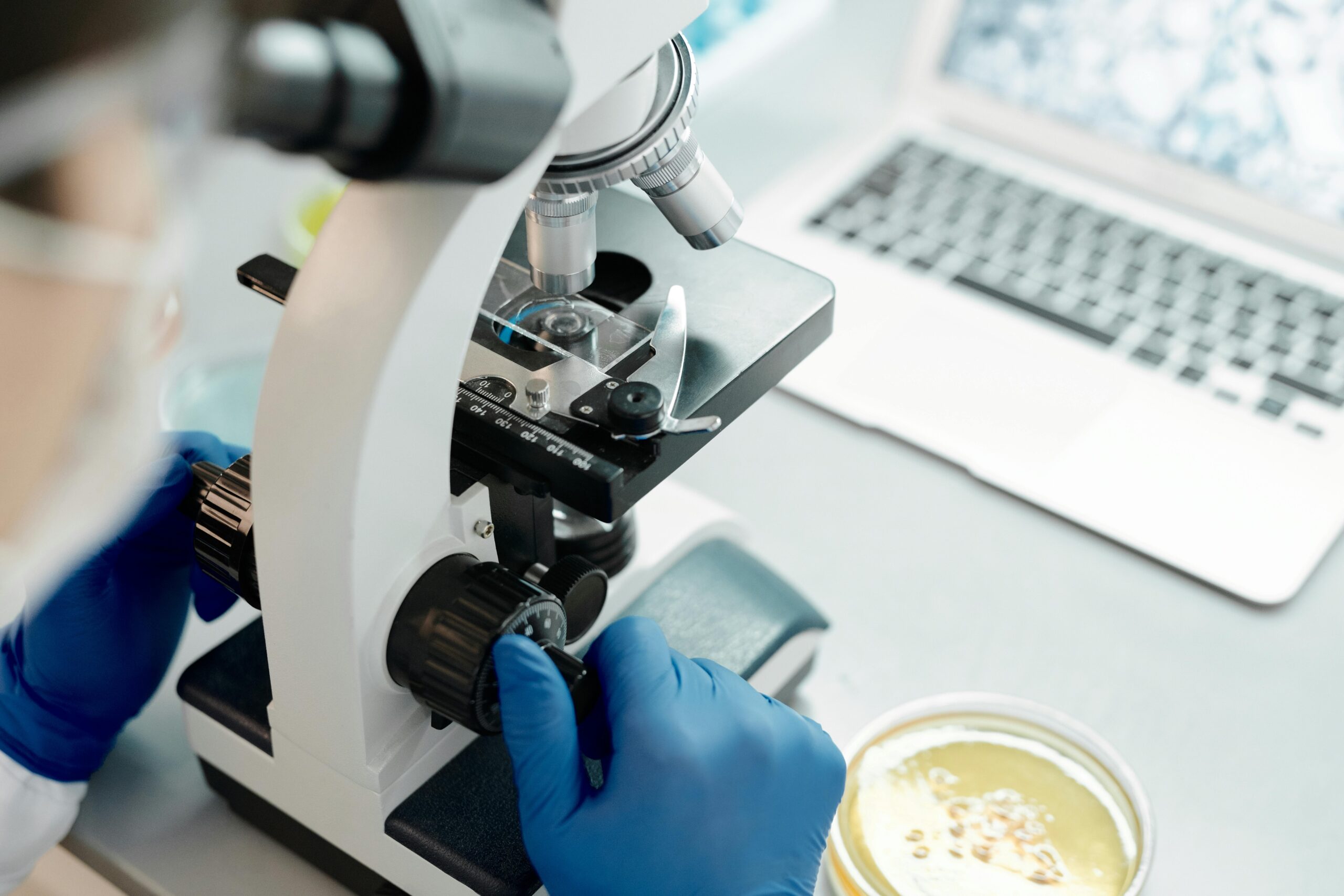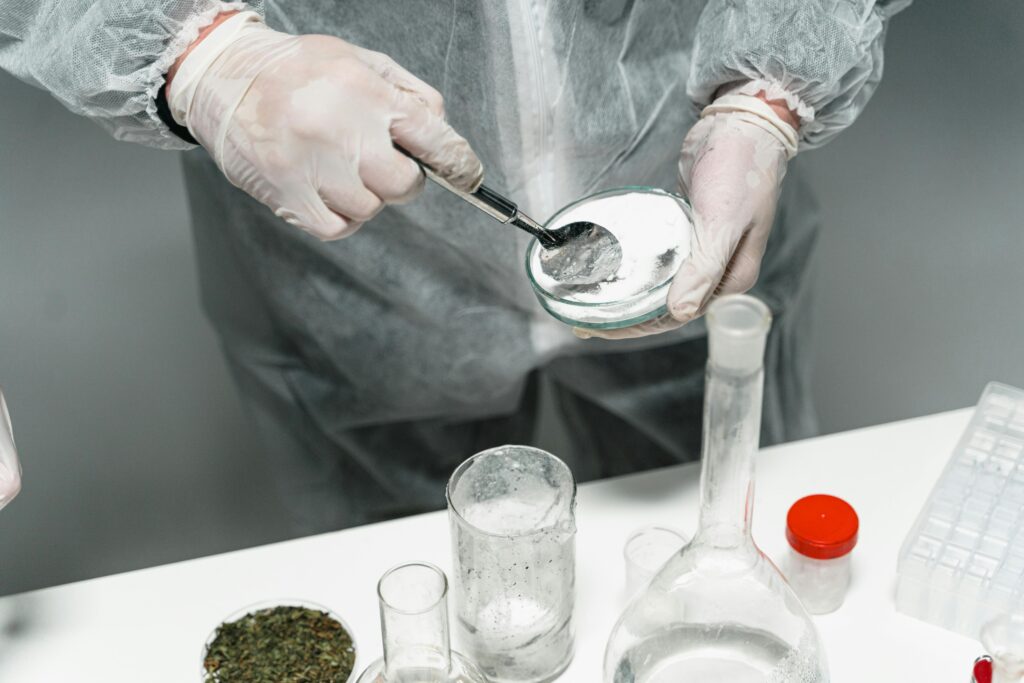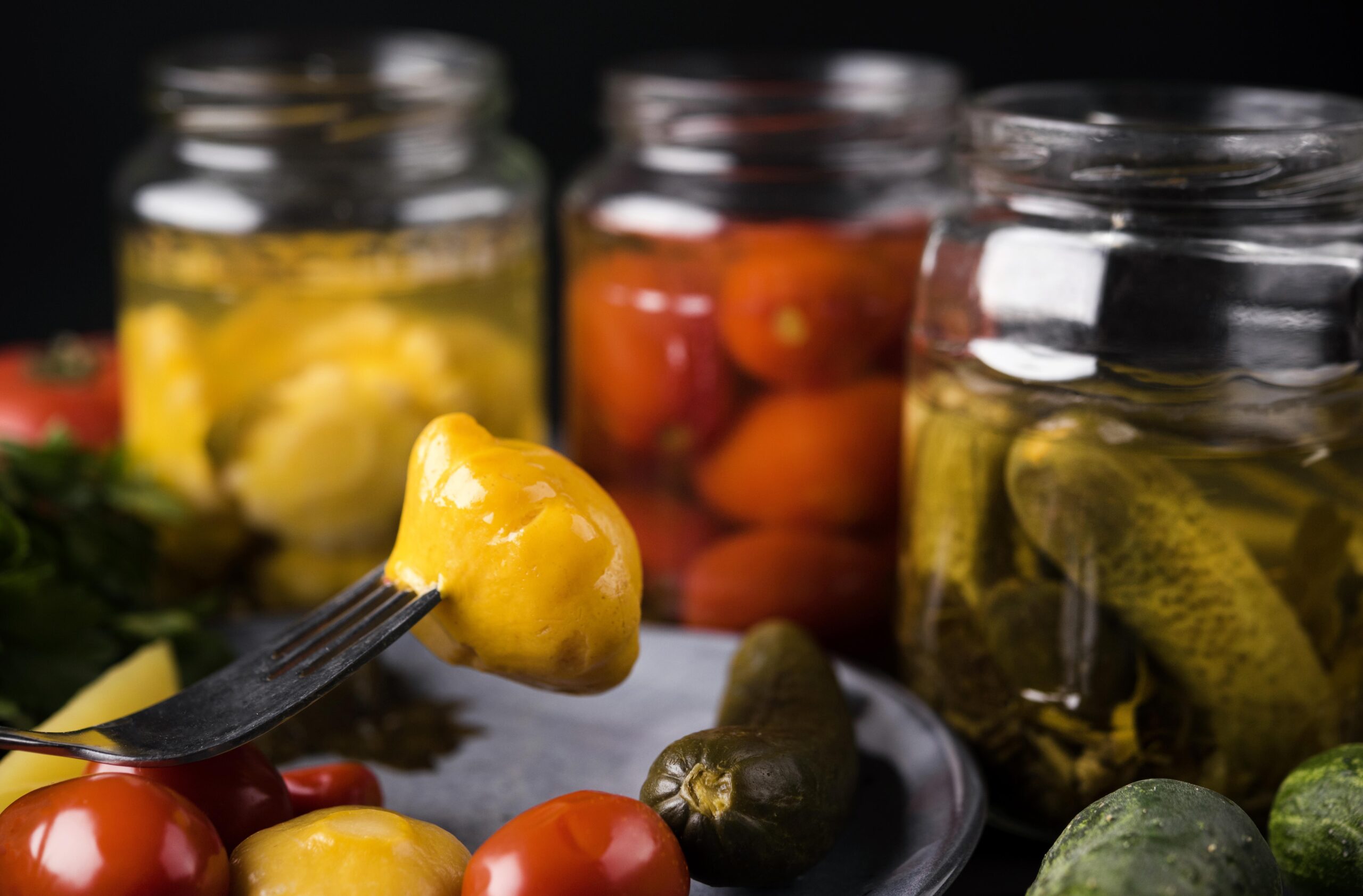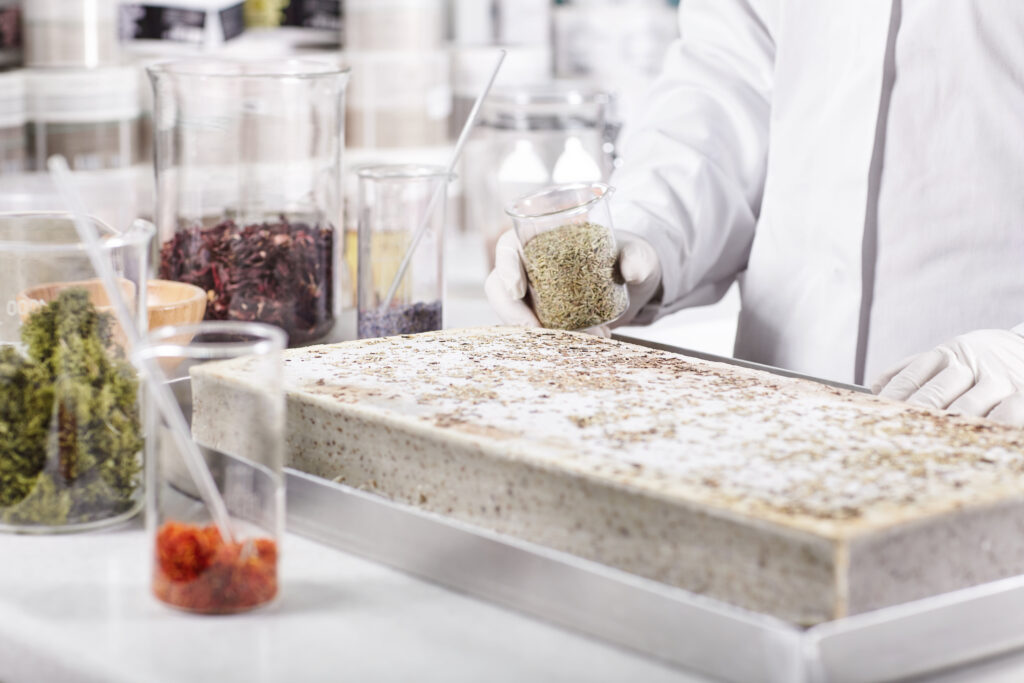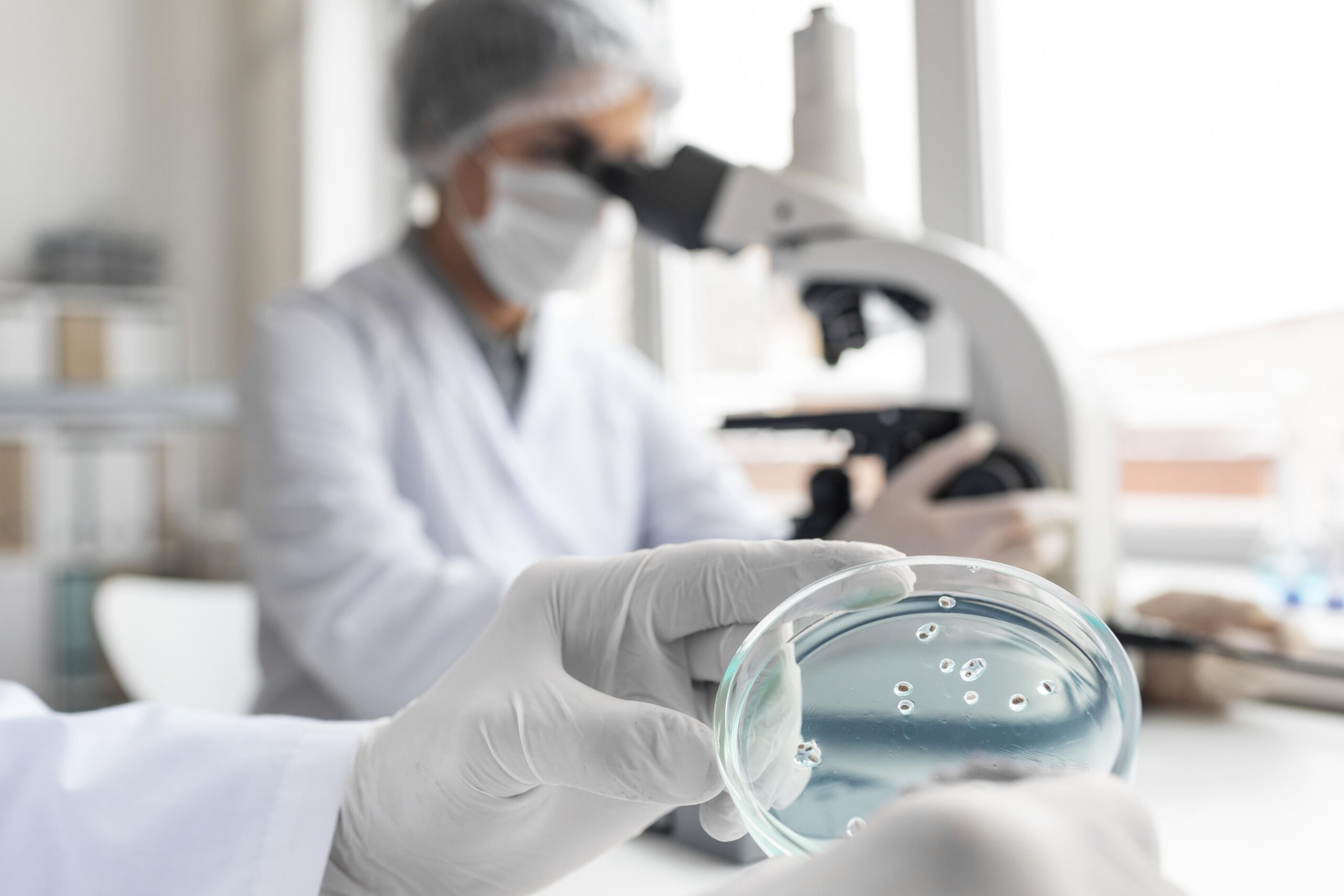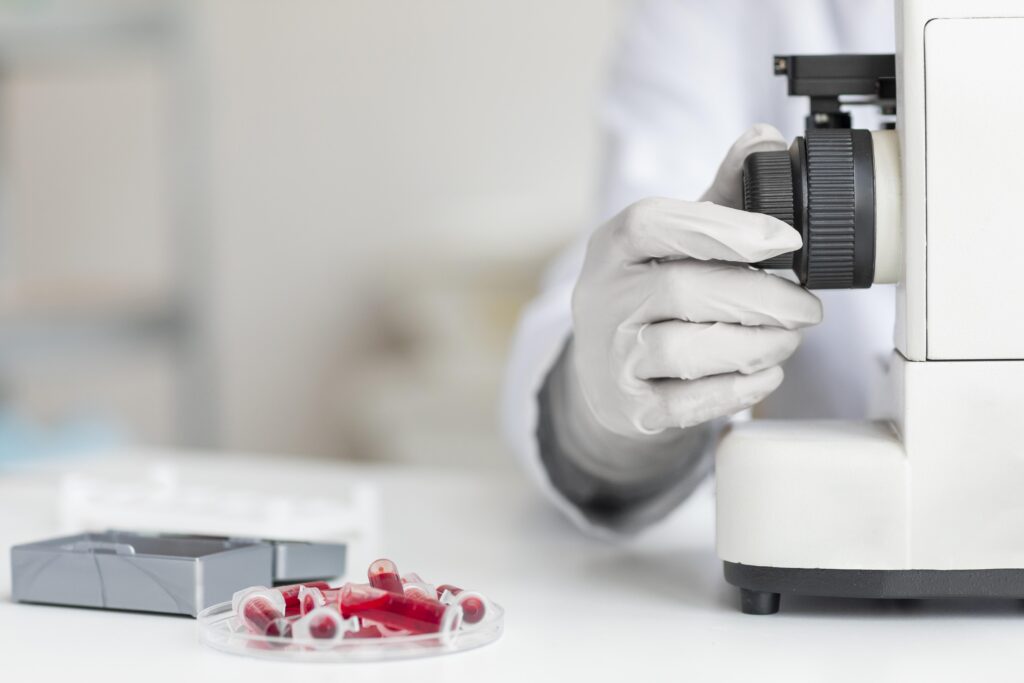As the food manufacturing industry undergoes constant change due to shifting consumer tastes and regulatory frameworks, it is vital to ensure the safety and quality of food items. Food testing Methods become essential instruments in this ever-changing environment, acting as the first line of defense against possible risks and guarantors of product integrity. These techniques constitute a diverse toolkit that enables producers to not only identify impurities present in their goods but also to precisely and painstakingly examine quality features. Furthermore, they give both regulatory bodies and consumers the reassurance they need, acting as the cornerstone upon which regulatory compliance is constructed. We take a tour through the complex web of food testing in this in-depth guide.
Every food testing method is fundamentally driven by a desire to achieve the high standards set by regulatory bodies and a commitment to quality. There are many different types of food testing procedures, and each one is designed to focus on a particular area of quality, safety, and compliance. These techniques provide a comprehensive approach to quality assurance, ranging from the careful examination of microbiological contamination to the careful investigation of chemical composition. They give producers the ability to recognize prospective dangers, reduce risks, and guarantee that each product that is delivered to customers is both safe and of the greatest caliber. Furthermore, they are priceless resources for ongoing enhancement, offering producers practical perspectives that stimulate creativity and raise benchmarks in the sector.
Introduction to Food Testing Methods
Food testing methods are a broad range of analytical procedures that are specifically intended to examine food samples in terms of a variety of characteristics, such as their chemical makeup, level of microbial contamination, and physical characteristics. These approaches are essential tools in the regulatory toolbox that guarantee compliance with strict requirements and standards for food safety. They also operate as watchful defenders of product quality, helping producers to identify irregularities, reduce hazards, and preserve customer confidence. These techniques, which carefully examine food samples for possible pollutants, infections, and departures from expected norms, are essential to protecting the public's health and welfare and have reinforced their reputation as essential cornerstones of the food business.
Types of Food Testing Methods
1. Chemical Analysis: This type of analysis entails identifying and measuring the chemical components that are present in food samples. For this, methods like mass spectrometry, spectroscopy, and chromatography are frequently employed. These techniques make it possible to evaluate nutritional content and identify pollutants including pesticides, heavy metals, and additives.
2. Microbiological Testing: The goal of microbiological testing is to find and count microorganisms in food items. This includes germs, molds, yeasts, and viruses that could be harmful to your health or be a sign of sloppy food preparation procedures. Microbiological safety is guaranteed by employing techniques like enzyme-linked immunosorbent assay (ELISA), polymerase chain reaction (PCR), and microbial culture to determine the degree of microbial contamination.
Check Out Our Related Blog For More Information
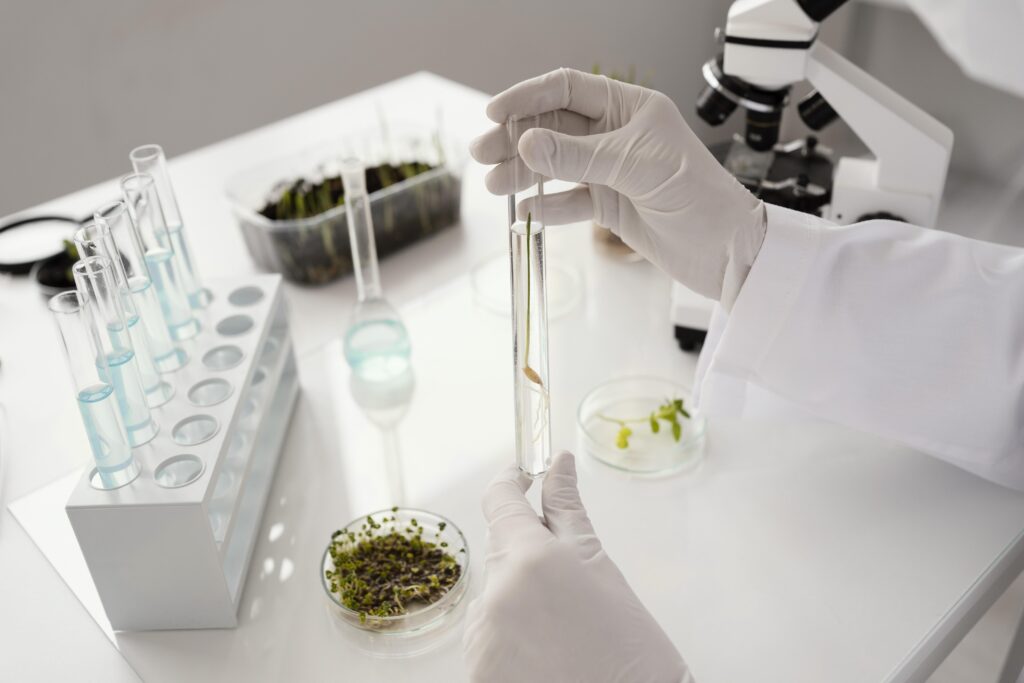
3. Physical examination: This type of examination includes assessing the texture, look, and structural integrity of food. Methods used to evaluate the physical characteristics and find flaws or abnormalities in food products include texture analysis, colorimetry, and microscopy. This helps to keep things consistent, spot problems with quality, and raise customer happiness.
4. Sensory Evaluation: In sensory evaluation, consumers or panelists with training evaluate food products subjectively based on characteristics including flavor, fragrance, and texture. Insights regarding consumer preferences, product acceptability, and sensory aspects are obtained through this qualitative technique, which helps guide efforts related to quality improvement and product development.
Importance of Food Testing Methods
Food testing methods serve several critical functions within the food manufacturing industry:
1. Ensuring Safety: Food testing techniques assist in preventing foodborne diseases and guaranteeing consumer safety by identifying pollutants and microbiological pathogens.
2. Maintaining Quality: These techniques help producers maintain consistency and standards for product quality by analyzing chemical composition, physical characteristics, and sensory aspects.
3. Regulation Compliance: To ensure that food safety standards set by regulatory bodies like the European Food Safety Authority (EFSA) and the Food and Drug Administration (FDA) are met, food testing is a must. Respecting these guidelines is essential to gain entry to markets and win over customers.
4. Preserving Brand Reputation: By reducing the likelihood of product recalls, lowering the danger of contamination incidents, and displaying a dedication to consumer safety, prompt and accurate food testing may preserve brand reputation.
Challenges and Considerations
Despite their importance, food testing methods present certain challenges and considerations for manufacturers:
1. Complexity and Cost: Certain testing techniques can be expensive, requiring specialized tools, experienced personnel, and large capital outlays. This can be a barrier for smaller producers or those with limited resources.
2. Sampling Variability: Standardized protocols and quality assurance measures are required since sampling techniques and sample preparation methods might vary, which can affect the accuracy and dependability of test results.
3. Rapid Detection Needs: There is a rising emphasis on the development of rapid testing technologies that enable quicker turnaround times without compromising accuracy, as the demand for real-time monitoring and rapid contamination detection grows.
4. Emerging Risks and Technologies: To address emerging risks and guarantee thorough safety assurance, food testing procedures require ongoing research and innovation as food production practices change and new contaminants appear.
Conclusion
Food testing Methods are essential for guaranteeing food items' conformity, safety, and quality in the international market. Manufacturers can maintain strict standards, reduce hazards, and safeguard consumer health by utilizing a wide range of analytical techniques, including chemical, microbiological, physical, and sensory analysis. To satisfy the changing expectations of the business, producers must keep up with changes and invest in reliable testing methodologies as technology improvements continue to drive innovation in food testing.
In summary, in the current dynamic food business landscape, food makers seeking to deliver products that exceed the highest standards of safety and quality must possess a thorough awareness of and ability to implement effective food testing methodologies.
To maintain quality, assure compliance, and protect consumer health, your production process must incorporate appropriate food testing procedures. The secret to success in the cutthroat food market is to prioritize food safety and quality through thorough testing processes, regardless of experience level or level of exposure to the business.
So, embrace the potential of food testing techniques and set out to improve food manufacture. You can always deliver on your commitment to your customers that they deserve nothing less than the finest by implementing appropriate testing procedures.

